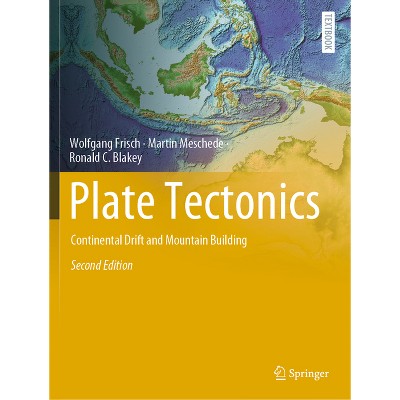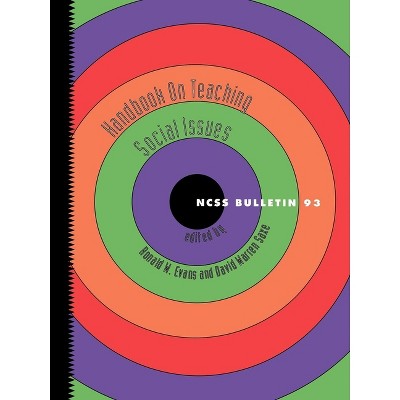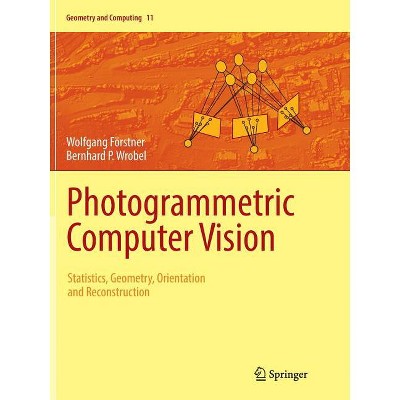Plate Tectonics - by Wolfgang Frisch & Martin Meschede & Ronald C Blakey (Paperback)

About this item
Highlights
- How are mountains formed?
- Author(s): Wolfgang Frisch & Martin Meschede & Ronald C Blakey
- 212 Pages
- Science, Earth Sciences
Description
About the Book
This book examines and explains the geo-dynamic processes on which the theory of continental drift is based and which have led to the concept of plate tectonics, including the formation of mountains; the volcano and earthquake zones of the Pacific, and more.Book Synopsis
How are mountains formed? Why are there old and young mountains? Why do the shapes of South America and Africa fit so well together? Why is the Pacific surrounded by a ring of volcanoes and earthquake prone areas while the edges of the Atlantic are relatively peaceful?
Frisch and Meschede and Blakey answer all these questions and more through the presentation and explanation of the geo-dynamic processes upon which the theory of continental drift is based and which have lead to the concept of plate tectonics.
From the Back Cover
How are mountains formed? Why are there old and young mountains? Why do the shapes of South America and Africa fit so well together? Why is the Pacific surrounded by a ring of volcanoes and earthquake-prone areas while the edges of the Atlantic are relatively peaceful?
Frisch and Meschede and Blakey answer all these questions and more through the presentation and explanation of the geodynamic processes upon which the theory of continental drift is based and which have led to the concept of plate tectonics.
Review Quotes
From the reviews:
"The authors discuss all major aspects of the subject in chapters focusing on theory development; plate movements and geometry; continental grabens, margins, and abyssal plains; mid-ocean ridges; hot spots; subduction zones, island arcs, volcanism, and metamorphism; transform faults; terrenes; mountain building; and more. ... One of the book's strongest points is the many excellent, colorful maps and cross-sections that complement the text. References to the literature are well chosen. Summing Up: Recommended. Upper-division undergraduate through professional readership." (T. L. T. Grose, Choice, Vol. 49 (2), October, 2011)Shipping details
Return details
Trending Poetry











